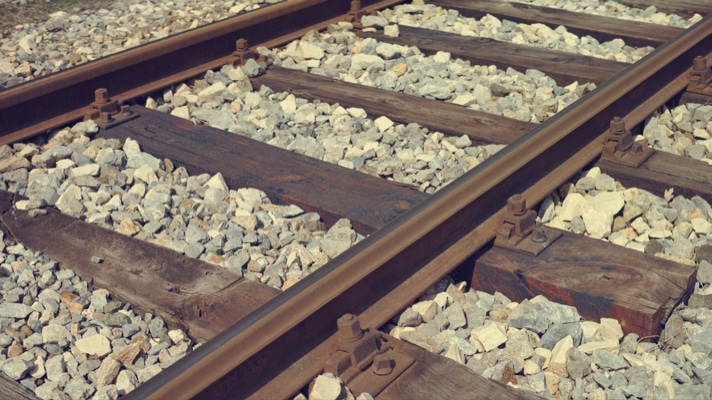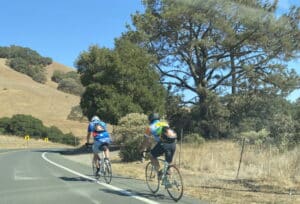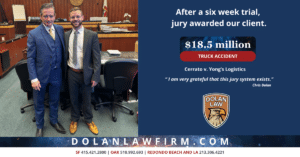Written By: Chris Dolan and Megan Irish
This week’s question comes from Renee from Atlanta, Georgia writes: After living in San Francisco for a few years and appreciating the city’s charm, I went on a bike ride with my husband. We were meandering, exploring the area by bike after having a lovely picnic. While we were riding, I looked at a butcher shop on the road beside me, and when I got to the corner, I noted the street signs so I could come back later and shop. Unfortunately, this simple distraction meant I rode a few inches outside of the bike lane, and when I did, my bike tire slipped into an abandoned railroad track in the roadway. I attempted to steer out, only to find myself and my bike toppling over. I stretched out my arm to break my fall, which was a terrible idea. Instead of breaking my fall, I broke my humerus head in three places. After searching for the right surgeon, they repaired my injury with a plate and nine screws. It took me a year of intense physical therapy to regain about ninety percent of my mobility. Lesson learned. Do not steer out of the tracks but instead stop. Is there anything we can do to make the roads safer for cyclists? How can we improve awareness for cyclists about how dangerous the tracks are for them? The groove is just the size to trap a bicycle tire and cause others to fall, just like I did. I wish there were something I could do, now that I have moved back to Georgia, to help keep San Franciscans safe while they enjoy the city on a bicycle. I want to spread my message to “Just Stop” so that folks can carefully stop riding and then remove their bicycle tire from the track groove and go on their way safely, thereby avoiding the dangers of the tracks on the roadway.
Dear Renee,
Thank you for your note, and you are entirely correct; railroad tracks can be dangerous to bicycle riders. However, these are challenging cases to prevail on. If the tracks belong to the city, the city may have immunity from liability. According to the Government Code, section 830.6,
“Neither a public entity nor a public employee is liable … for an injury caused by the plan or design of a construction of, or an improvement to, public property where such plan or design has been approved in advance of the construction or improvement by the legislative body of the public entity or by some other body or employee exercising discretionary authority to give such approval ….”
This protection for the city is called ‘design immunity.’ It means if the city properly approves the placement of the tracks, even if they are dangerous, an injured person may be unable to recover from the governmental entity. When tracks are in the roadway, the city or other entity would argue that anyone can see them as an open and obvious hazard. Unfortunately, just as in your case, looking about for directions, street names, or watching for other vehicle hazards means you are not always looking down for the small groove and may get your tires caught up in them. However, depending on the circumstances, an injured party may be able to argue that the dangerous condition constituted a trap under Government Code section 830.8 which states:
Neither a public entity nor a public employee is liable under this chapter for an injury caused by the failure to provide traffic or warning signals, signs, markings or devices described in the Vehicle Code. Nothing in this section exonerates a public entity or public employee from liability for injury proximately caused by such failure if a signal, sign, marking, or device (other than one described in Section 830.4) was necessary to warn of a dangerous condition that endangered the safe movement of traffic and which would not be reasonably apparent to, and would not have been anticipated by, a person exercising due care.
Generally, suppose a person using the roadway, with due care, would not have appreciated the dangerous condition. In that case, they may be able to argue that the condition constituted a trap and hold the entity liable for the dangerous condition. If the tracks are owned by a private railroad, the individual company may be responsible for the injury. Thank you for being so interested in keeping all riders safe and aware of the dangers the tracks may present for cyclists.










